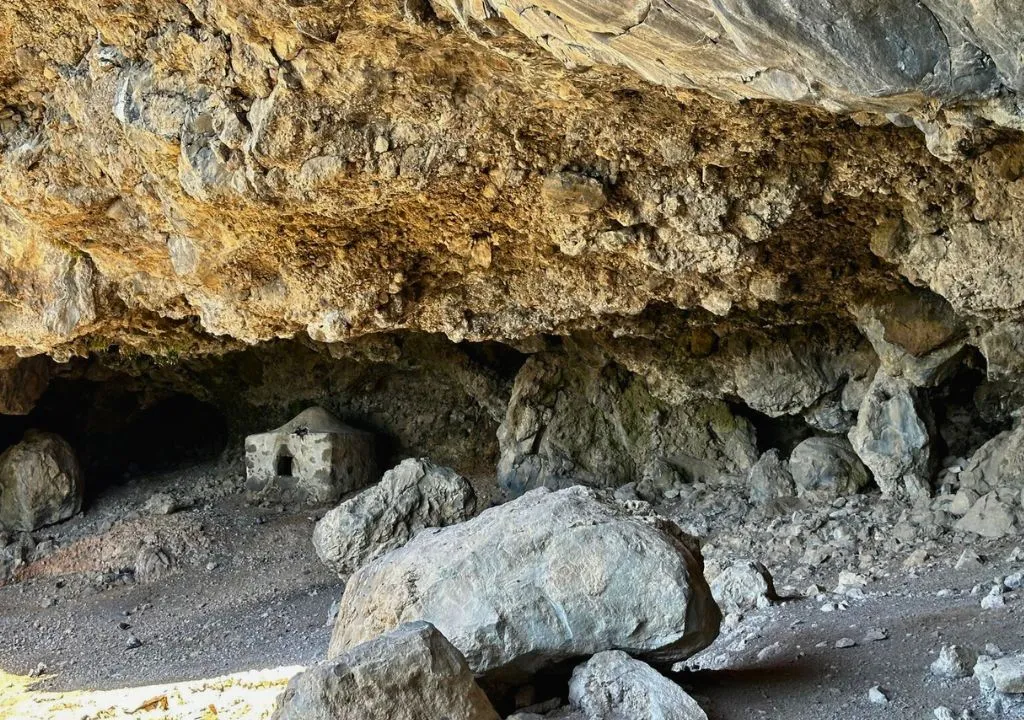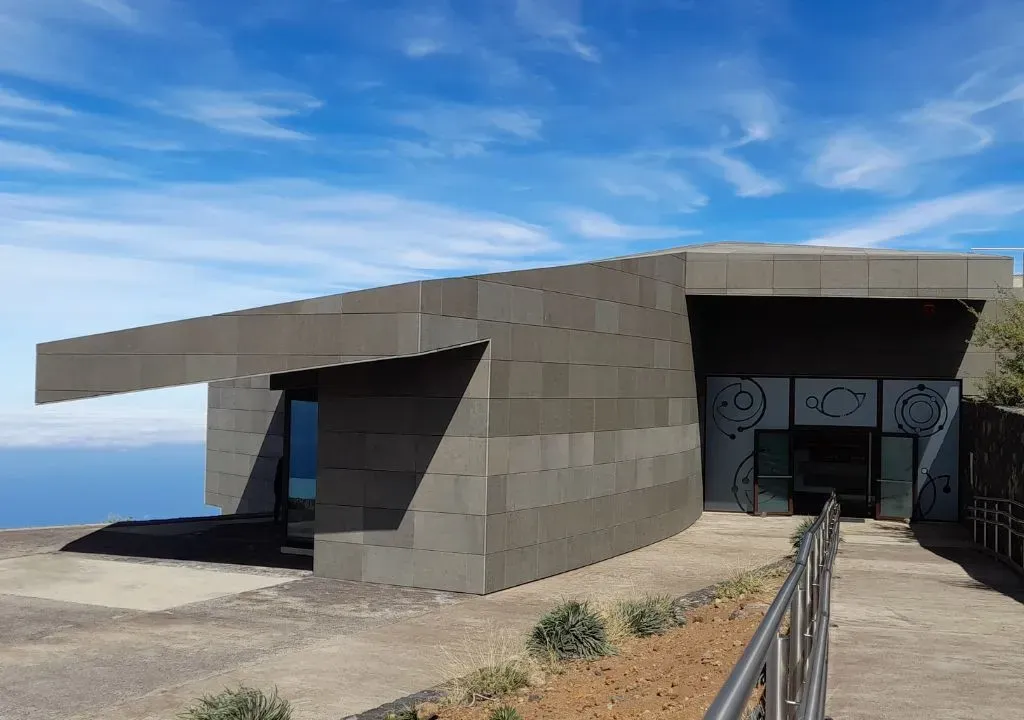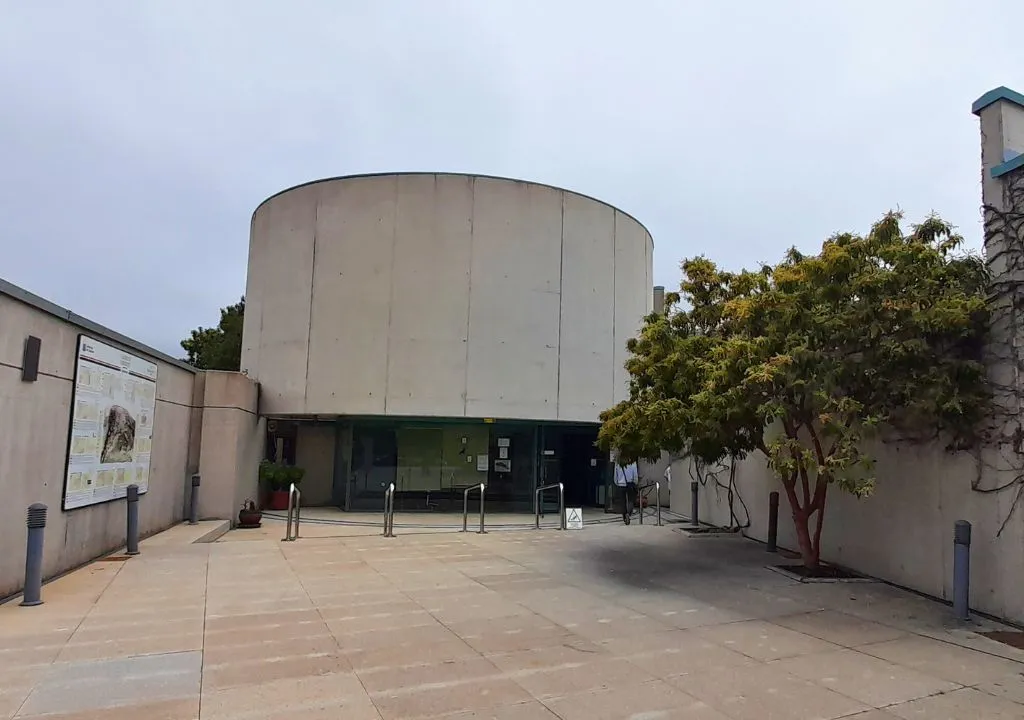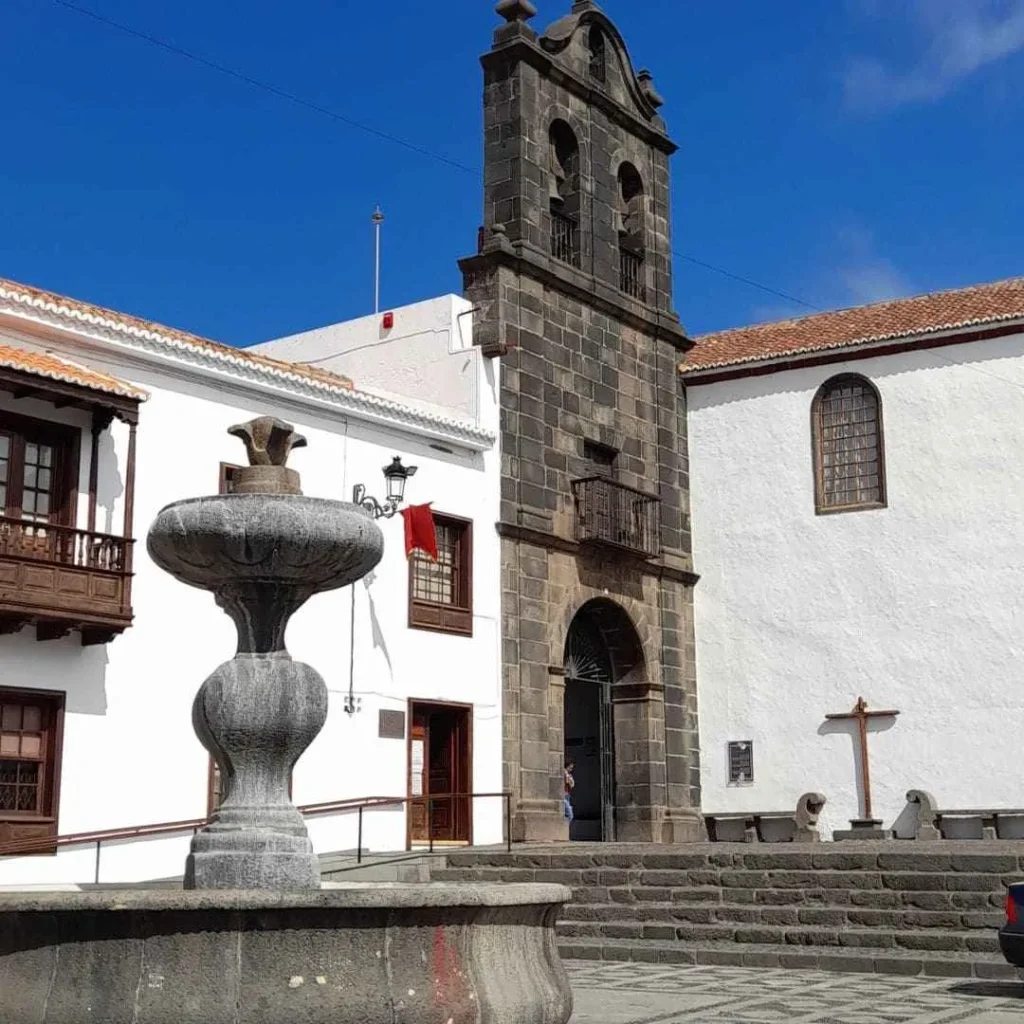The Cueva de Belmaco is a true archaeological gem and the first documented archaeological site in the Canary Islands. It was in 1752 when Domingo Vandewalle discovered the first petroglyphs ever found in the archipelago, opening the door to centuries of research into the Benahoaritas, the ancient inhabitants of La Palma.

Useful information for your visit
| Info | Details |
|---|---|
| Opening hours | Monday to Saturday: 10:00 – 15:00 Sunday: closed |
| Address | LP-2 Road, Villa de Mazo |
| By car | From Santa Cruz, drive south on the LP-2. Free parking at the entrance. |
| By bus | Line 200 Santa Cruz – Fuencaliente. The stop is close to the site. |
| Shop | At the end of the tour, browse local artisan crafts. |
A Walk Through Caves, Symbols and Ancient Legends
The Belmaco Archaeological Park is made up of ten natural caves and an area with mysterious rock carvings. The meaning of these petroglyphs is still debated today. A beautiful, signposted path winds through lush vegetation, with informative panels along the way.
Start your journey back in time at the visitor centre, where you’ll discover how the Benahoaritas lived, what they believed in, and what secrets are hidden in the symbols carved into volcanic stone.
What Are Petroglyphs and Why Do They Matter?
Petroglyphs are symbols or images carved into rock by the island’s original inhabitants. On La Palma, you’ll find a wide variety: spirals, circles, meanders and interconnected lines that appear in several parts of the island.
Their exact meaning remains a mystery. Many believe they may have been connected to religious rituals, cosmology or even astronomical maps. Whatever their purpose, these carvings are one of the most powerful expressions of Benahoarita heritage.

More Must-See Sites for Rock Art Lovers
- La Zarza and La Fajana (Garafía) or Buracas: Home to the island’s most spectacular petroglyphs, including the famous “Rosette”, known as the Sistine Chapel of Canarian rock art.
- Cueva del Tendal (San Andrés y Sauces): A vast cave inhabited for over a thousand years, now with a modern and immersive visitor centre.
- El Paso (El Verde), Tijarafe, Puntallana and Puntagorda: Towns with smaller but valuable rock engraving sites.





